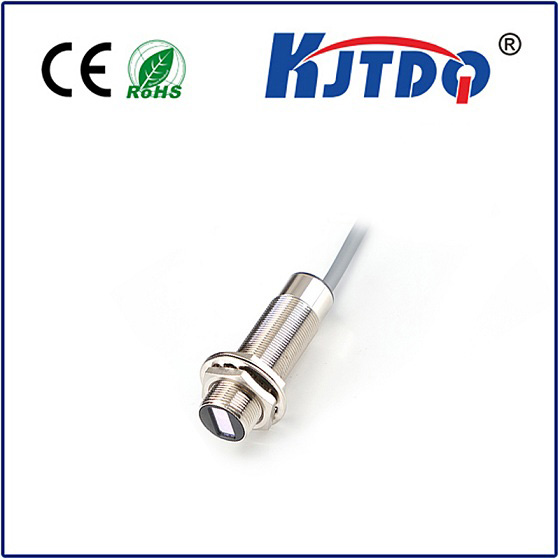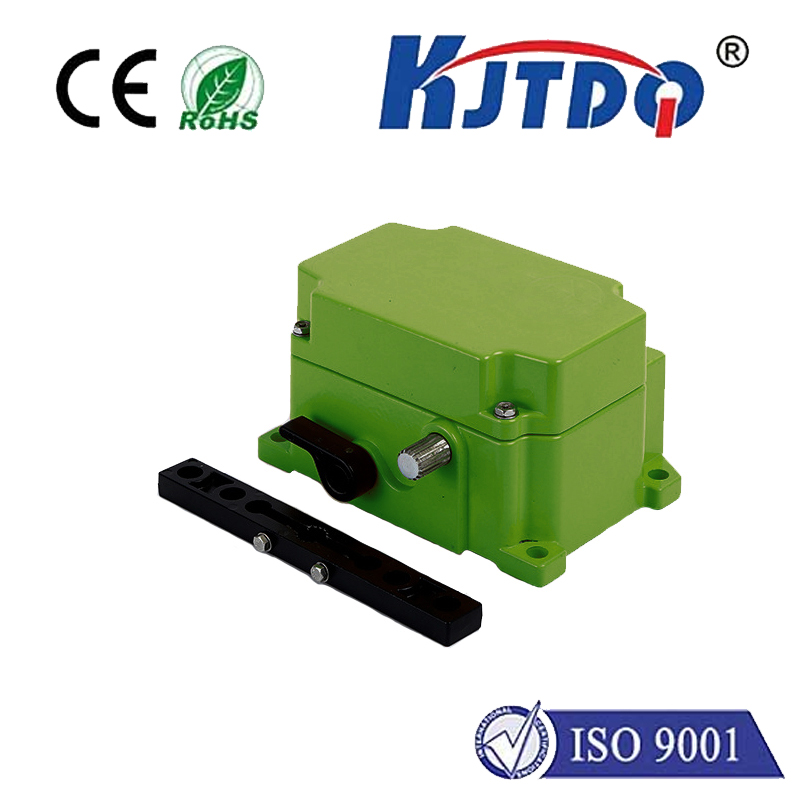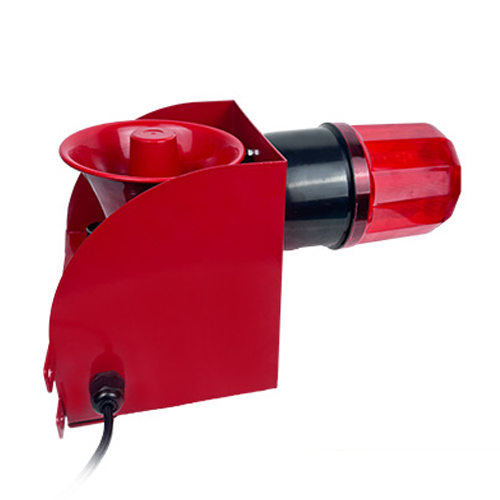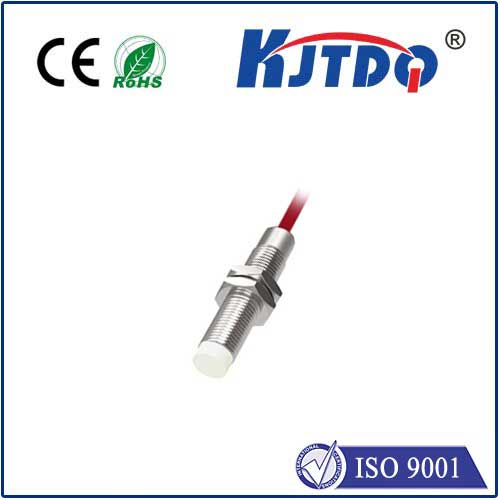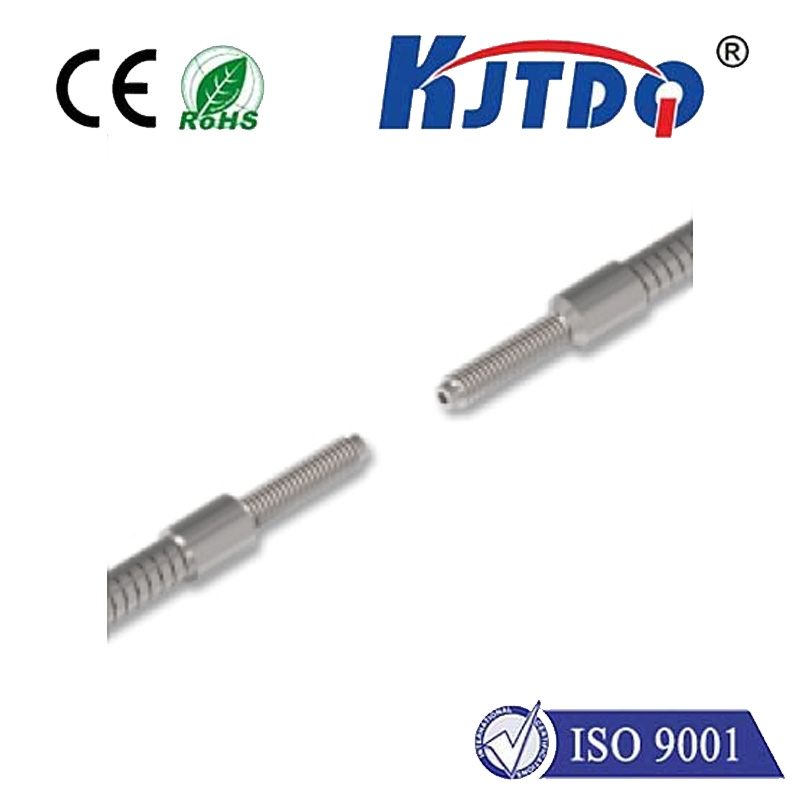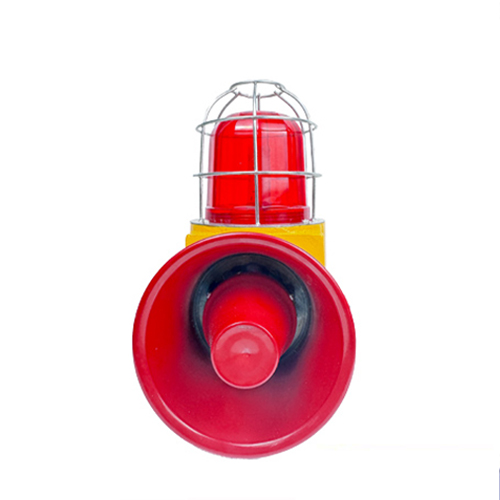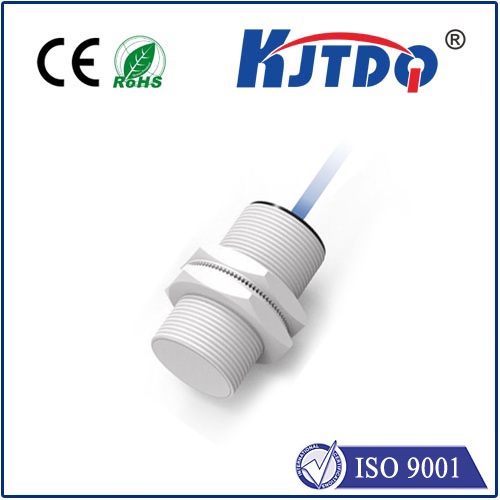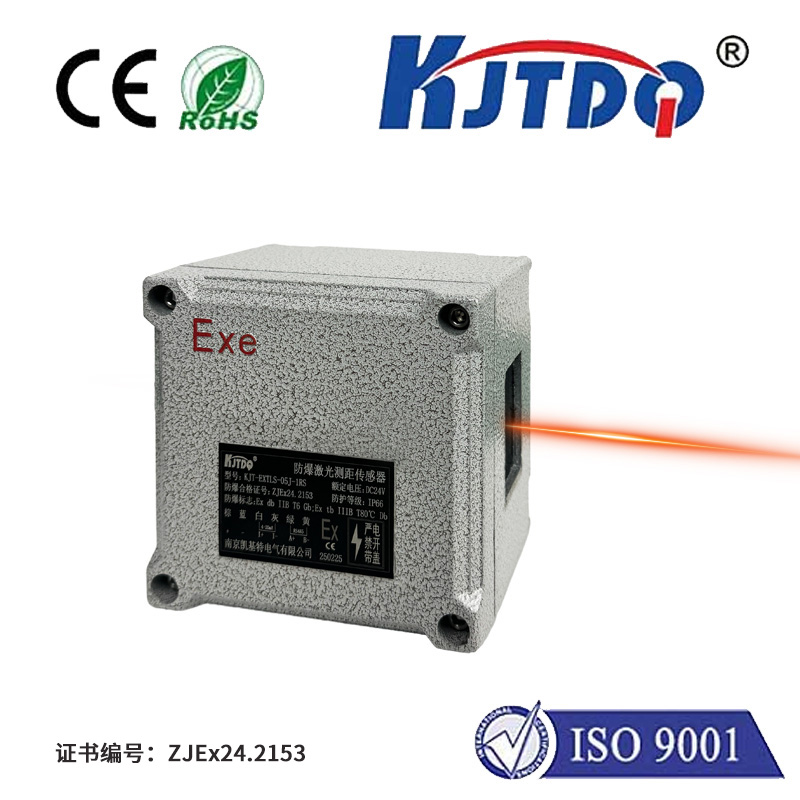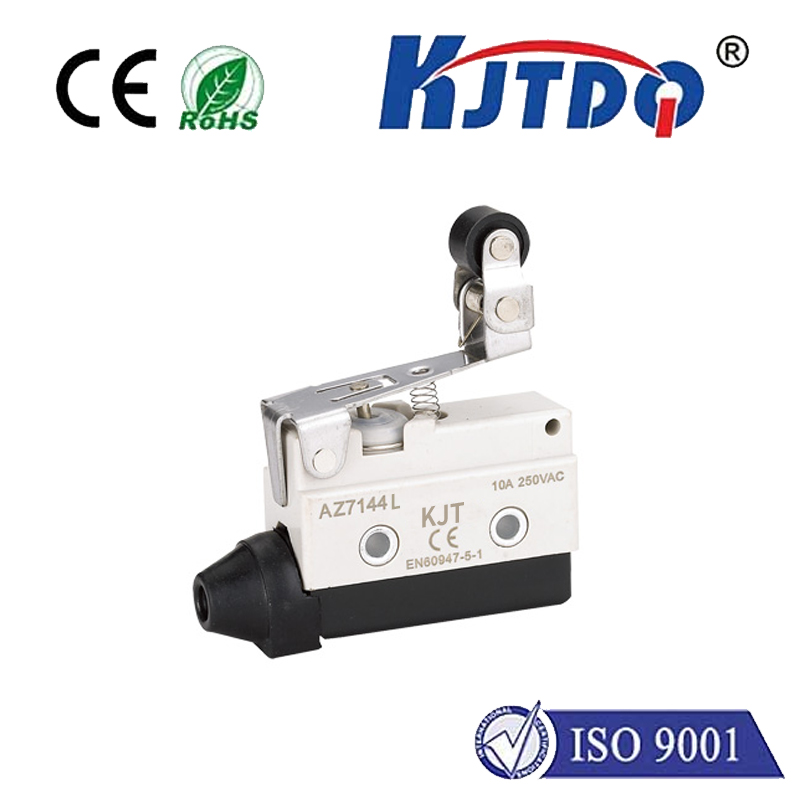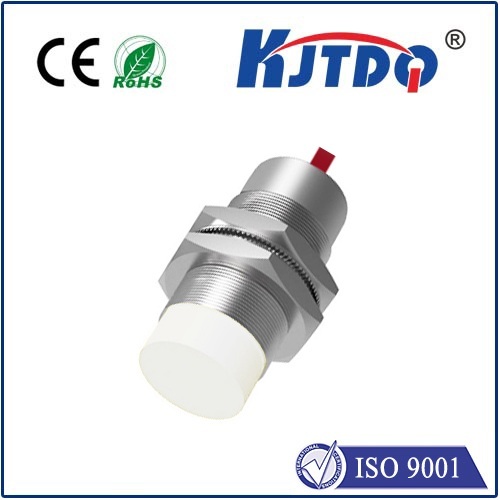underwater proximity sensor
- time:2025-07-03 00:48:23
- Click:0
Underwater Proximity Sensor: Mastering the Depths and Navigating the Unseen World
Beneath the waves, visibility vanishes rapidly. Murky waters, darkness, and complex terrain pose constant challenges for divers, underwater vehicles, and marine operations. How do you avoid collisions, maintain position, or detect objects when sight fails? The answer lies in a critical piece of technology: the underwater proximity sensor. Far more than just a distance measurer, this specialized device is the essential eyes enabling safe, efficient, and precise navigation and operation in the demanding subsea environment.
Understanding the Underwater Proximity Sensor
An underwater proximity sensor is a device specifically engineered to detect the presence, absence, or distance of objects or surfaces within its vicinity without making physical contact, while operating submerged. Unlike their terrestrial counterparts, these sensors must contend with the unique properties of water – pressure, temperature gradients, salinity, turbidity, and the fundamental fact that electromagnetic signals (like radio waves and light used in air-based sensors) are severely attenuated underwater.
This limitation forces underwater proximity sensors to primarily rely on acoustic principles, specifically sound waves, making them highly specialized forms of sonar sensors. They emit sound pulses (often ultrasonic) into the water. These pulses travel outward, bounce off objects within their detection range, and return as echoes. By precisely measuring the time-of-flight (TOF) between pulse emission and echo reception, the sensor calculates the distance to the target object. This core technique, known as echolocation, is inspired by nature (like dolphins and bats) and forms the bedrock of most underwater proximity sensing technology.

How Underwater Proximity Sensors Work: Beyond Simple Distance
While measuring distance is fundamental, modern underwater proximity sensors offer sophisticated capabilities:
- Short-Range Detection & Collision Avoidance: This is their most vital role, especially for Remotely Operated Vehicles (ROVs), Autonomous Underneath Vehicles (AUVs), and manned submersibles. Sensors mounted strategically around the vehicle provide real-time data on obstacles ahead, below, above, and to the sides, enabling automated or pilot-controlled maneuvers to prevent impacts. This is critical for protecting expensive equipment and ensuring crew safety during subsea inspections, exploration, or construction.
- Object Detection and Localization: Sensors can identify the presence and location of structures (pipelines, cables, shipwrecks), marine life (for research or avoidance), or specific targets during search and recovery operations.
- Positioning and Altitude Holding: Downward-facing proximity sensors, often called altimeters, measure the vehicle’s height above the seabed. This is essential for maintaining a constant operational altitude during pipeline surveys, seabed mapping, or delicate inspection tasks. They also contribute to positioning systems by providing reference points relative to the bottom.
- Diver Safety: Handheld or diver-mounted proximity sensors can alert divers to nearby obstacles (underwater structures, vessel hulls, or even dangerous marine life in some advanced systems) in low-visibility conditions, significantly enhancing underwater safety protocols.
- Process Control: In underwater robotics (like manipulator arms), proximity sensors provide feedback to precisely position tools relative to workpieces without physical contact.
Key Technologies Powering Underwater Sensing
The core technology is acoustic, but implementations vary:
- Single-Beam Echo Sounders: The simplest form, emitting a single conical beam. Ideal for straightforward distance measurement directly below or in front (like altimeters or basic forward-looking collision avoidance).
- Multibeam Echo Sounders (MBES): Emit a wide swath of narrow beams simultaneously, providing detailed bathymetric maps and a wider field of view for object detection and avoidance. More complex and typically used for mapping rather than pure proximity.
- Profiling Sonars: Similar to single-beam but often with higher resolution and specifically designed for near-field imaging and proximity sensing around vehicles or structures. They excel at providing detailed contour information in close quarters.
- Forward-Looking Sonars (FLS): Primarily designed for longer-range scanning ahead of a vehicle, but modern high-frequency FLS units offer excellent close-range proximity detection capabilities, effectively acting as advanced collision avoidance systems.
Critical Considerations for Deployment
Choosing and using an underwater proximity sensor effectively demands understanding several environmental and technical factors:
| Consideration |
Impact on Sensor Performance |
Solutions/Mitigation |
| Range & Resolution |
Trade-off exists: longer range typically means lower resolution |
Match sensor specs to specific application needs |
| Frequency |
Higher frequencies offer better resolution but shorter range and more affected by absorption |
Lower frequencies penetrate farther but with less detail |
| Beam Width (Field of View) |
Narrow beams provide precise direction but limited coverage area |
Wider beams cover more area but with less directional precision |
| Salinity & Temperature |
Affect sound speed (approx. 1500 m/s), requiring sensors with sound velocity correction |
Advanced sensors automatically compensate |
| Turbidity & Air Bubbles |
Can scatter or absorb sound, reducing effective range |
Proper sensor placement away from thrusters |
| Pressure |
Must withstand operational depths |
Sensors rated with appropriate depth specifications |
| Target Composition & Angle |
Hard targets reflect sound well; soft/absorbent targets less effectively |
Understanding detection limits for different materials |
Advantages: Why They’re Indispensable
- Overcoming Visibility Limitations: They function effectively in complete darkness or high turbidity, where optical cameras fail.
- Non-Contact Operation: Prevents damage to both the sensor and the detected object/structure.
- Real-Time Feedback: Provides immediate distance and presence information crucial for dynamic environments.
- Enabling Autonomy: Critical sensory input for AUVs and intelligent ROVs to operate safely without constant human intervention.
- Enhanced Safety: For both equipment and personnel, mitigating collision risks is paramount.
The Future: Smarter, Smaller, More Integrated
The evolution of underwater proximity sensing is rapid. Key trends include:
- Sensor Fusion: Combining data from proximity sensors, cameras, inertial navigation systems (INS), Doppler Velocity Logs (DVLs), and other instruments to create a more robust and comprehensive understanding of the underwater environment. This fusion is key to true autonomy.
- Miniaturization & Lower Power: Enabling deployment on smaller AUVs, underwater gliders, and even aquatic drones.
- Advanced Signal Processing & AI: Using machine learning algorithms to better interpret sonar returns, distinguish targets from clutter, classify objects, and improve overall reliability and decision-making capabilities for autonomous systems.
- **Higher Frequencies






